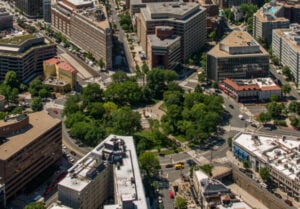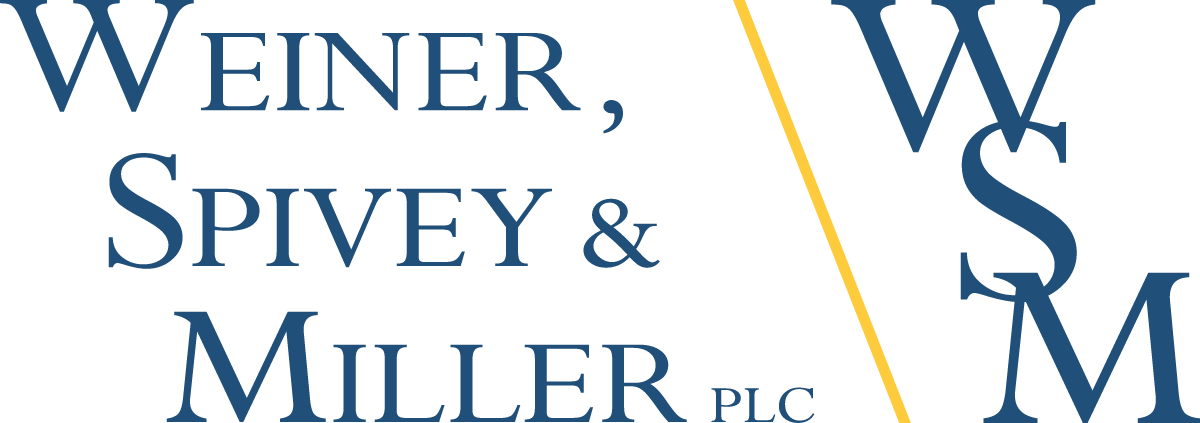The DMV (D.C., Maryland, Virginia) is a hub of activity, with bustling cities and a complex network of roads. While this connectivity keeps the region running, it can also present challenges for drivers, cyclists and pedestrians.
Intersections, in particular, can be nerve-wracking, especially for those unfamiliar with the area. By exploring some common dangers at intersections in D.C. and Virginia, visitors can get tips on how to navigate them safely.
Virginia’s Leesburg Pike: A corridor of caution
Leesburg Pike (VA Route 7) stretches across Virginia, cutting through several towns and cities. This highway is notorious for its high accident rates, with many of these incidents occurring at intersections. The danger lies in the combination of factors:
- High speeds
- Frequent traffic light changes
- Numerous turning lanes
Left turns can be particularly hazardous, as drivers struggle to judge oncoming traffic and assess gaps.
 Taming the D.C. traffic jungle: Roundabouts to the rescue
Taming the D.C. traffic jungle: Roundabouts to the rescue
While D.C. may have its fair share of heavy traffic, the city has taken proactive steps to improve intersection safety. One key strategy is the implementation of numerous traffic circles throughout the District.
While these circular intersections can be confusing for visitors unfamiliar with the concept, they significantly reduce the risk of serious, high-speed collisions. Unlike traditional intersections where cars can collide head-on, traffic circles involve a yield-based system that forces vehicles to slow down and merge cautiously.
Common intersection dangers in the DMV
Beyond the specific challenges of Leesburg Pike and DC’s roundabouts, several general dangers lurk at intersections across the DMV, with distracted driving being a significant threat. Texting, talking on the phone or fiddling with the radio can divert attention from the road, increasing the risk of accidents at intersections where quick reactions are crucial.
Additionally, disregarding speed limits, especially near intersections, can significantly reduce reaction time and the ability to avoid collisions. Moreover, this blatant disregard for traffic signals can create a chaotic situation where drivers may not expect vehicles to enter the intersection.
By understanding the specific risks associated with intersections in D.C. and Virginia and following these safety tips, visitors can contribute to a safer driving environment for everyone on the road. But because even the most safety-conscious drivers can suffer harm due to others’ negligence, it’s important to also remember that individuals can pursue compensation for their injuries if someone else causes them harm while traveling.


